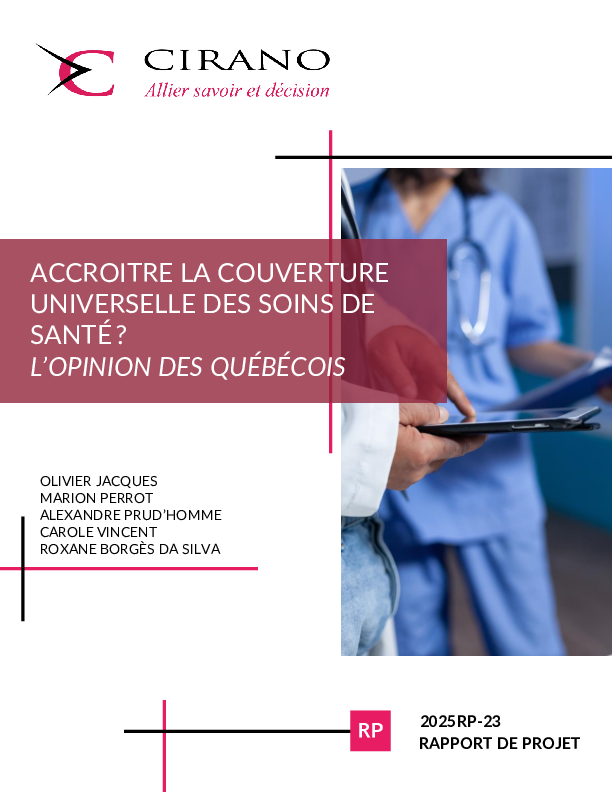The Connection between Wall Street and Main Street: Measurement and Implications for Monetary Policy
We propose a measure of the extent to which a financial sector is connected to the real economy. The Measure of Connectedness is the share of credit market instruments represented by claims whose direct counterpart belongs to the non-financial sectors. The aggregate U.S. Measure of Connectedness declines by about 27% in the period 1952-2009. We suggest that this increase in disconnectedness between the financial sector and the real economy may have dampened the sensitivity of the real economy to monetary shocks. We present a stylized model that illustrates how interbank trading can reduce the sensitivity of lending to the entrepreneur's net worth, thereby dampening the credit channel transmission of monetary policy. Finally, we interact our measure with both a SVAR and a FAVAR for the U.S. economy, and establish that the impulse responses to monetary policy shocks are dampened as the level of connection declines.
[ - ]




